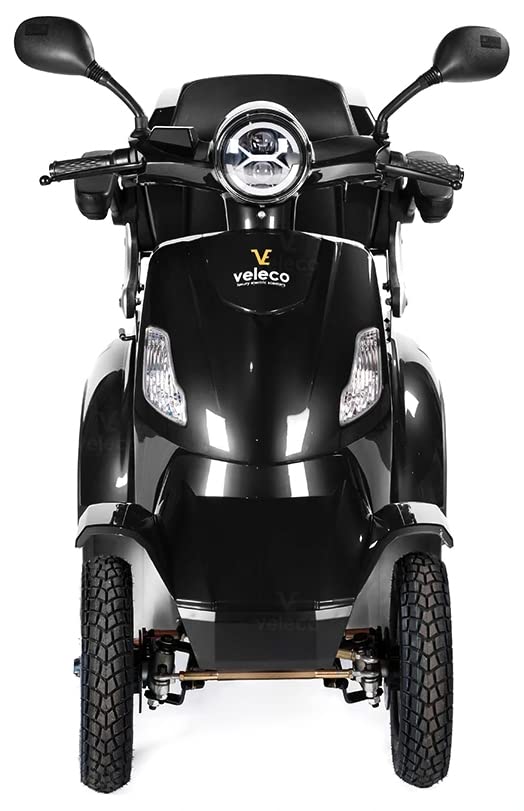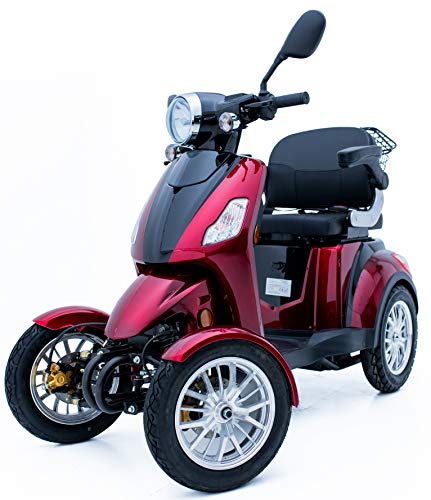 The Importance of Assistive electric mobility scooters near me
The Importance of Assistive electric mobility scooters near me
Assistive mobility is the ability to move around and interact with the environment. It may be limited gradually, such as with an illness like MS, or instantly like in an injury to the spinal cord or limb loss.
Assistive devices can help people with disabilities that affect lightweight electric mobility foldable scooter to thrive. Before deciding on an assistive device, it’s crucial to obtain a thorough evaluation from a specialist.
Human Assistance
Mobility aids assist disabled people deal with the impact of their limitations on their everyday lives. The devices are divided into different categories according to the needs of the individual. They range from basic equipment such as walking sticks and cup adapted to computer hardware that is specialized and motorized wheelchairs. The devices are also designed to be used in specific settings, e.g., home school, community, and home.
A variety of assistive technology are not suitable for remote or rural areas and low-income nations. They must be carefully matched with people’s needs, as well as environmental factors. The most appropriate technology is simple, effective, affordable, uses local techniques, materials and tools, and is easily maintained. They should be designed with people in mind and accessible to those who are disabled.
The selection of assistive technology is a complex procedure, and it’s crucial to work with an experienced AT team. The team should include a range of professionals in the field, including family physicians, regular education teachers and special education teachers, as well as rehabilitation engineers. Other experts might include occupational therapists as well as speech-language pathologists.
A good assistive technology team should also include someone with disabilities. They can be the best source of information about assistive technology and can assist you in your decision-making. They can also explain the way in which the device works and provide you with the opportunity to try it out.
A good example of a suitable assistive technology is the ear moulds for Koris, a deaf woman in the East Sepik province of Papua New Guinea. Koris was unable to send her daughter, who is deaf, to school due to her hearing loss. However, thanks to CBR workers from Callan Services for Disabled Persons who were trained in this field, she was able to find schools for children with hearing impairments and was able to register her.
CBR programs can also be used to teach local artisans on the repair of small assistive devices. This can make it less necessary for disabled individuals to travel long distances in order to repair and maintain their devices, which could make them reluctant to use them. For instance an national disabled persons’ organization in Lebanon created production units for wheelchairs and other assistive devices, and distribution, repair and maintenance workshops throughout the country.
Navigation apps
It isn’t easy to get around visually impaired people might have a tougher time. In the past, blind people relied on others to guide them but today, there’s an array of navigation apps that can help them navigate with confidence and independence. With features like GPS technology, audio descriptions, and adaptive functionality they can open doors to unprecedented levels of accessibility and freedom.
Google Maps, Commute Booster and other navigation apps are among the most popular on the market. They provide a broad range of features that cater to the requirements of each user. The former, for instance provides offline functionality for the entire world that allows users to download maps of specific regions without needing data to navigate. The alternative however provides real-time updates of public transportation schedules and routes, allowing users to plan their travel ahead of time and get to their destinations faster.
They also focus on safety by ensuring users adhere to road regulations and take appropriate precautions on their travels. Some apps offer lane-guided navigation so that users stay on the right side of the road. Some apps have voice-guided directions that warn about upcoming obstacles or crossings for pedestrians. These apps can save the parking locations of parked vehicles. This is especially beneficial for drivers who struggle to remember where their car is.
Multi-modal navigation is another feature that can improve the user experience. It lets users plan and navigate through diverse landscapes using multiple modes of transportation. Furthermore, some apps allow for personalized preferences to be saved, which allows users to remove toll roads or certain areas from their travels to create a customized experience that is based on your personal preferences.
A lot of these apps use audio signals to inform users of their environment, with some providing tactile feedback via vibrations. They can also offer step-by-step instructions that allow users to learn how to complete difficult tasks easily and confidently. This can help users develop skills that empower and empower them regardless of whether they are in the maze of a venue or completing their work.
Complex Venues
At first, it might seem impossible to offer accessibility in large venues such as airports or stadiums. There are many ways to ensure that those who are disabled do not have any barriers when they visit public places. It is important to provide assistive devices that are specifically tailored to their needs, and not generic ones they might discover in a typical shop or renting a wheelchair. CBR programs can help locate local artisans interested in producing custom orthoses, and facilitate training.
Other options include accessible information desks and checkout areas with counters that are lower. Access to elevators and escalators are essential, as well as large aisles that allow wheelchairs to turn or do a u-turn. In addition, indoor wayfinding apps like Evelity developed by Okeenea can be helpful in helping people with physical disabilities comprehend their surroundings and navigate.
Freedom
In middle and low-income countries in the middle and low-income countries, only 5-15% people who require assistive technology have access to it. This is due to inadequate production capacity and limited resources. Some people do not realize the importance of assistive technology.
To ensure that the assistive device is appropriate for each person A thorough assessment is needed. This involves a medical review, a physical examination, and a discussion about the individual’s goals. This is especially crucial when it comes to electric power Mobility scooter mobility and other kinds of assistive equipment. Poor selection or fitting may result in discomfort, frustration and other conditions, such as pressure sores.
Assistive mobility is designed to enable a person to move freely around their environment. This includes school, home workplace, as well as the community. This freedom is a right that is explicitly acknowledged in the section 6 of the Canadian Charter of Rights and Freedoms.
Assistive Mobility is a life changing tool that boosts independence and self-confidence, and promotes social inclusion. It can also enhance the quality of life and retain or restore functional capabilities. For many people who have been injured or ill, assistive mobility allows them to regain parts of their life that they had lost or never experienced.
Freedom lightweight electric mobility scooter provides transportation and mobility solutions for disabled veterans as well as first-responders. Freedom Mobility is backed by national foundations and corporations who work with it to offer assistance to civilian and military heroes who have suffered injuries while in the service of their country.
In addition, Freedom Mobility is committed to providing a better experience for its customers by offering a client-centric mobility outcomes tool that provides evidence of functional improvements and enables routine follow-ups with an accredited RESNA ATP. The company can then immediately take preventative measures to avoid negative health outcomes such as skin breakdown or the development of pressure ulcers. This means less downtime for clients as well as greater autonomy and the ability to stay active and involved in their communities and careers.
